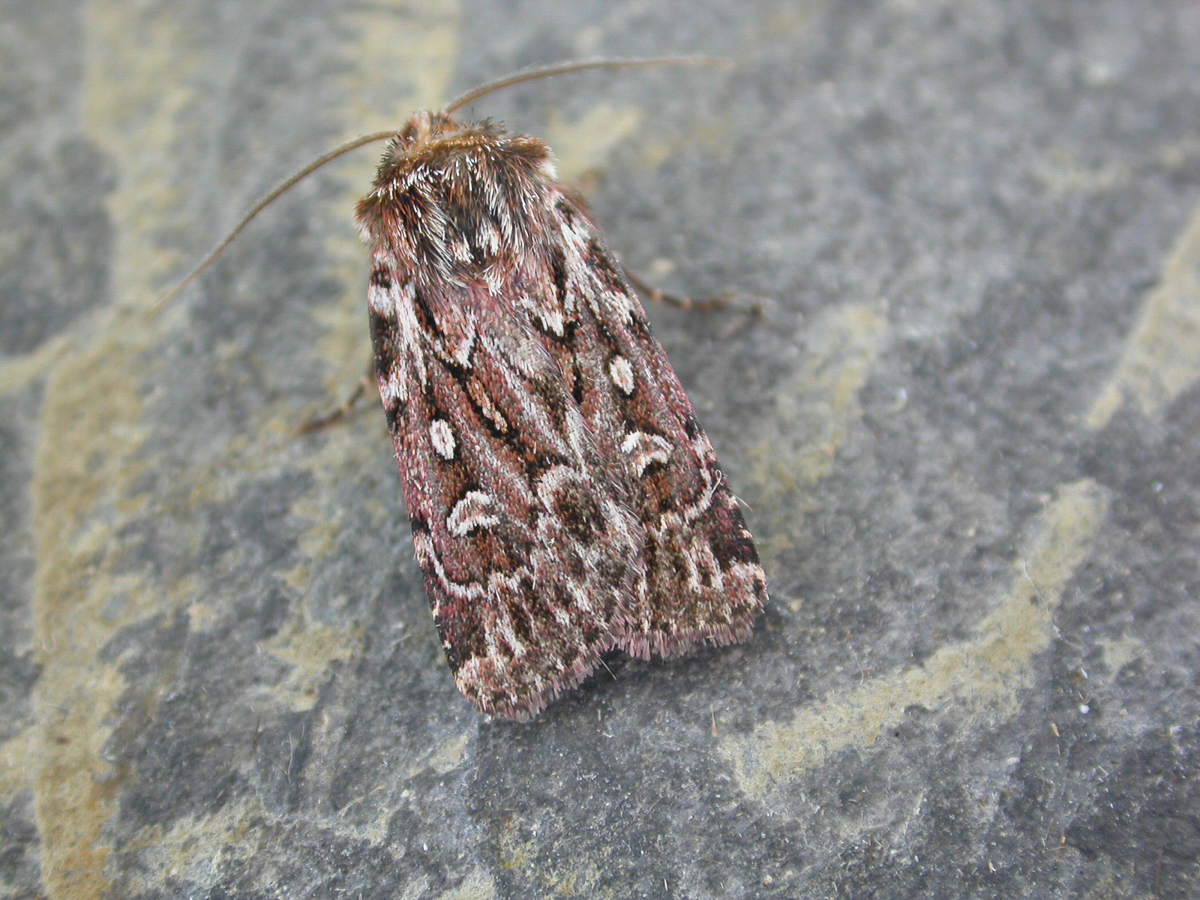
Photo © Andy Mitchell
The term true lover's knot, also called true love knot, is used for many distinct knots. The association of knots with the symbolism of love, friendship and affection dates back to antiquity. Because of this, no single knot can be labeled the true "true love knot".
In practical terms, these knots are generally shown as two interlocked overhand knots made in two parallel ropes or cords. The variations are in the ways in which the overhand knots interweave and in the final arrangement of the knot or knots.
The true lovers' knot is a motif in several British folk songs, including "Barbara Allen", "Lord Thomas and Fair Annet", "Lord Lovel", and "Fair Margaret and Sweet William". The knot, made of a rose growing from one lover's grave and a brier from the other's, is described at the end of the ballad. It symbolises their fidelity in love even after death.
Modern Western knotting literature has the name for these related knots deriving from stories or legends in which the knots symbolize the connection between a couple in love. Many examples feature sailors separated from their beloveds. Ashley notes that it was once a common style in sailors' wedding rings, where gold wire was wrought to incorporate the "true lovers" knot, creating a ring containing two tori, inseparable, yet flexible and able to move about each other.
Source: Wikipedia
The primary larval foodplants are Bell Heather (Erica cinerea), Heather (Calluna vulgaris) and Lodgepole Pine (Pinus contorta).